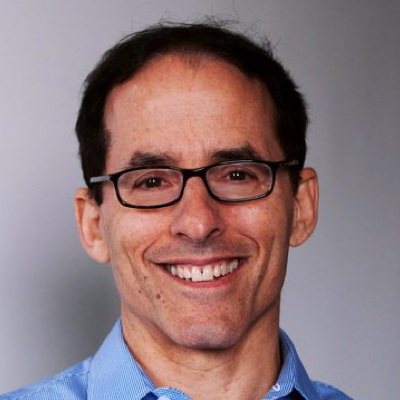January 13, 1998
Mark Weisbrot
Christian Science Monitor, January 13, 1998
It’s a new year and predictions about the stock market are falling like confetti at a ticker-tape parade. Most of them are worth just about that much, too. With the Dow Jones industrial average up 22.6% for the year, and more than doubling over the last three years, everyone wants to know if the end of this unprecedented run-up in stock prices is near.
Well, not exactly everyone. In spite of the tremendous movement of personal savings into stock mutual funds over the last decade, about 60% of Americans still have absolutely nothing invested in the stock market. (This figure includes all the money that people have set aside in defined contribution retirement plans that are invested in stocks). And ownership among the remaining 40% is highly concentrated, with most households having little of their assets in stocks.
But the stock market’s performance and prospects have important policy implications, especially after a ten-year bull market has pushed expectations beyond all rational bounds. A movement to privatize Social Security, for example– largely financed by Wall Street– is based on the idea that stocks will provide a higher rate of return for beneficiaries than the current system, over the long run.
What can we say about the long-run prospects for stocks? While no one can predict what will happen over the next few decades, there are certain possibilities that can be ruled out as extremely unlikely. And one of those remote possibilities is that the stock market will show the kind of returns it has yielded in the past. In fact, even the more moderate gains that the market has averaged over the last 75 years– a real annual return of 7%– are not likely to be repeated.
The reason is fairly simple: no one is projecting the economy to grow, over the next few decades, anywhere near as fast as it has in the past. Over the past 35 years, the economy grew at about 3.3% a year. For the next 35 years, it is projected to grow at about half that rate.
This means that profits cannot grow, over the long run, as fast as they have grown in the past. And as everyone on Wall Street knows, the price of stocks must ultimately reflect the earnings of the companies they represent.
For a period of time, stock prices and earnings can be seriously out of whack: in fact many analysts would say that is already true. Price to earnings ratios are currently at a near record high of 22 to 1.
This ratio can of course go higher still, in anticipation of higher future earnings, allowing Wall Street’s good times to roll on for a while longer. But sooner or later, unless our economy undergoes some profound structural change that ups its rate of growth– something that no one is predicting– the speculative bubble has to burst.Dean Baker of the Economic Policy Institute has done the calculations that illustrate the underlying problem. Suppose, for example, that the economy were to grow as expected, and the stock market were to revert to its historic 7% real rate of return. This would require, by the year 2015, a price to earnings ratio of 34 to 1, and by 2035 it would reach 79 to 1. Clearly the bubble will burst long before this comes to pass.
It must be emphasized that we are not talking about the record stock price increases of last three years– no one claims that these will continue– but something that is just a fraction of these returns, which is not sustainable over the long run.
The millions of small investors who bought the dips during the market’s wild ride last October might want to think about this. “I’m in it for the long haul,” was the typical statement of those who rode out the storm, and they were following the advice of the experts. But it is actually the long haul that does not look so good right now.
From 1968-78 the stock market lost about 45% of its value, and a comparable downturn in the coming decades would force a lot of people to seriously alter their retirement plans.
Of course no one can predict when reality will intrude upon Wall Street, or even whether stock prices will crash, stagnate, or slowly wind down. We could even see another good year, although the outlook is clouded by the Asian financial crisis, projected slower growth (the Fed will slow the economy if our growing trade deficit does not do the job), and the present overvaluation of stocks.
One ominous sign is that during the recent turbulence, the market was apparently sustained by the buying of smaller investors, while some of the bigger players were getting out of stocks. It is the big players that are more likely to have done the arithmetic described above, which means that the small investors could be left holding the bag in the event of a sustained downturn.






